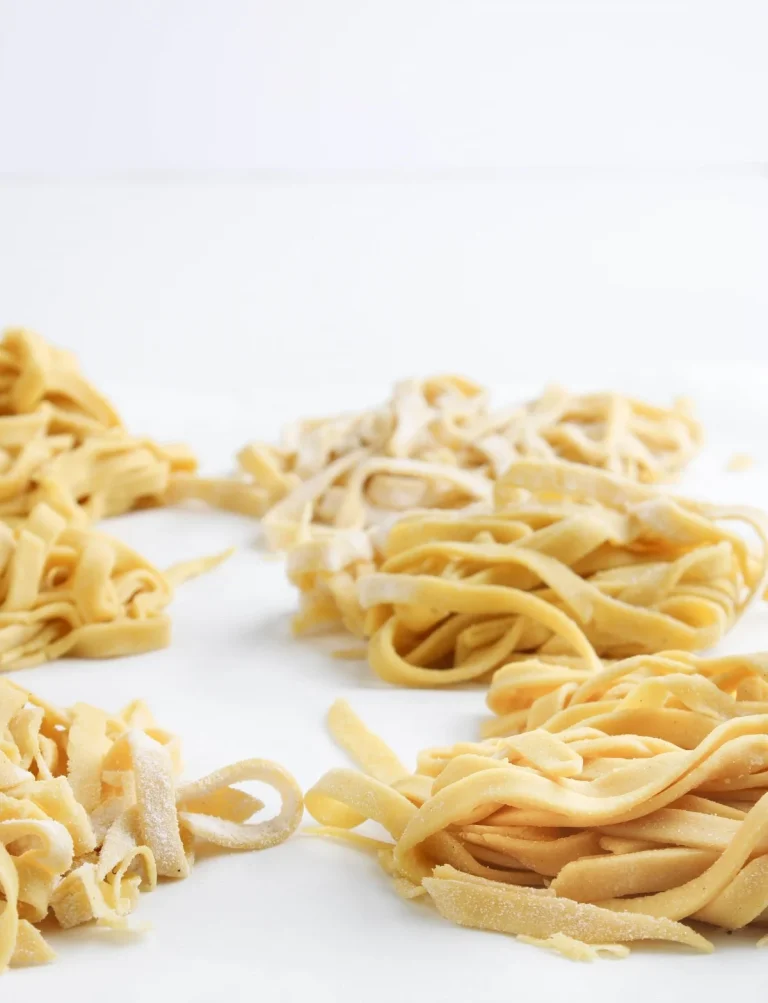Is Buckwheat a Gluten Free Alternative: All You Need to Know (2025)
Buckwheat is a herbaceous plant that is more closely related to rhubarb and sorrel than to traditional cereals like wheat or barley. It provides the body with very high quality proteins and is categorized as a pseudocereal which is a plant that produces seeds that are used in the same way as cereal grains but do not belong to the grass family.
Buckwheat could help us prevent cardiovascular diseases and type 2 diabetes. It is also an ideal alternative for people with celiac disease.
A Brief History of Buckwheat
Buckwheat was widely cultivated in China between the 10th and 13th centuries. It later spread across Europe and Russia in the 14th and 15th centuries. It made its way to North America in the 17th century. Also, In Eastern Europe most of the countries like Russia and Poland & buckwheat remains a staple food to this day.
Buckwheat Nutrients
Buckwheat is an energetic and highly nutritious food. It contains an impressive range of B vitamins (B1, B2, B3, B6) and vitamin E that support energy metabolism and skin health. It is also a rich source of minerals that include:
- Manganese
- Magnesium
- Calcium
- Phosphorus
- Potassium
- Copper
- Iron
- Fluoride
Buckwheat also provides two potent flavonoids i.e rutin and quercetin which are known for their anti inflammatory and antioxidant properties.
It supplies omega 6 fatty acids, dietary fiber & all eight essential amino acids which make it one of the few plant based sources of complete protein. It is rich in lysine which is an amino acid that is generally lacking in other grains.
If we compare buckwheat with common wheat then we can find that buckwheat contains more fats, sugars & minerals. These Both have similar amounts of calories, proteins & vitamins.
Is Buckwheat Gluten Free?
Yes, buckwheat is naturally gluten free. This makes it an excellent option for people with celiac disease or non celiac gluten sensitivity. Unlike traditional wheat, rye or barley. These buckwheat does not contain the gluten proteins that trigger adverse immune reactions in celiac patients.
However, it is important to buy certified gluten free buckwheat products. The contamination can occur during processing in facilities that also handle wheat or gluten containing grains.
Health Benefits of Buckwheat
Here are the Several Health Benefits of Buckwheat that you should know:
- Supports cardiovascular health: The Studies suggest that buckwheat can help lower cholesterol & reduce blood pressure due to its rich flavonoid and fiber content.
- Helpful for postmenopausal women: It may help slow the progression of atherosclerosis and stenosis that commonly seen in aging women with high cholesterol.
- Reduces risk of heart attacks and heart failure: Thanks to its fiber and omega 6 fatty acids that supports overall heart function.
- Blood sugar regulation: Its B vitamin complex i.e vitamin B2 which is combined with slow digesting starches that helps regulate blood glucose levels.
- Aids in weight management: It is high in fiber and low in calories. Buckwheat is a satiating food that can help curb appetite.
- Prevents gallstones: The insoluble fiber in buckwheat speeds up digestion & lowers the concentration of bile acids.
- May reduce migraines and prevent type 2 diabetes: The Various studies suggest a possible link between buckwheat consumption and a reduction in chronic conditions as it includes migraine headaches and insulin resistance.
How to Consume Buckwheat ?
Buckwheat is incredibly versatile and can be used in numerous forms:
1. Whole Groats
It is Cooked like rice or quinoa. Buckwheat groats can be served as a side dish that added to soups or mixed into salads. You should use a 2:1 water to buckwheat ratio, bring it to a boil & then simmer for about 15–20 minutes.
2. Buckwheat Flour
The Buckwheat flour is perfect for making gluten free breads, pancakes, crepes & the muffins. In Japanese cuisine, it is famously used to make soba noodles while in France it is the key ingredient in savory galettes.
3. Buckwheat Flakes
A great addition to breakfast bowls, smoothies or yogurts. You can also use them in granola or energy bars.
4. Roasted Buckwheat (Kasha)
The Roasted groats can be used as a hearty flavorful side dish. Kasha is popular in Eastern European cooking that is often served with sautéed mushrooms or onions.
Conclusion
Buckwheat is a pseudocereal highly valued for its concentration of essential nutrients. it does not belong to the grass family or grow in traditional grain fields. It has similar culinary uses to true cereals and in many ways it is superior due to its protein quality, fiber content & absence of gluten.
If you are managing celiac disease and looking to improve your cardiovascular health or simply seeking a nutrient dense grain alternative. Buckwheat is a smart addition to your diet. Its versatility in the kitchen and impressive health benefits make it a worth trying for you.
Also Read – Gluten Free & Low Fat Desserts for Celiac Disease






